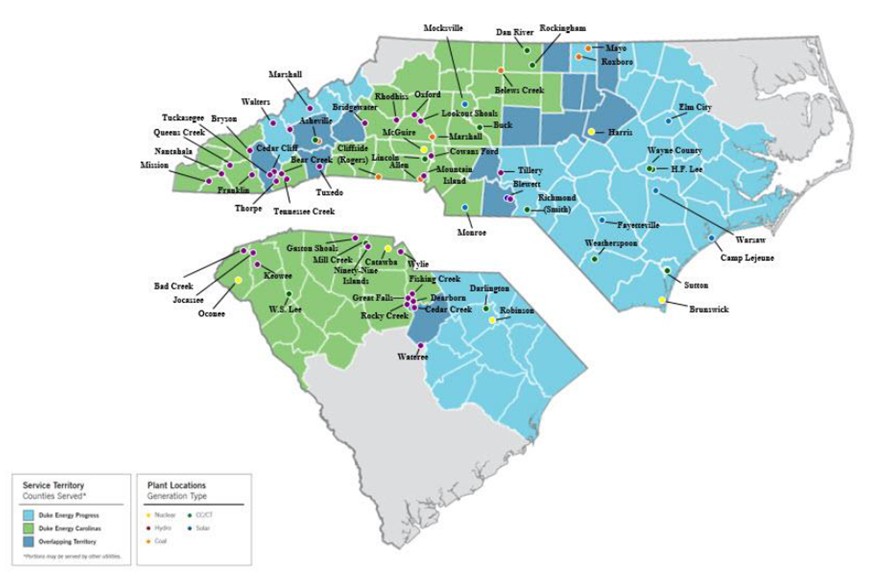GRACE lab
GRACE’s Energy Management System (GRACE’s EMS)
What
ARPA-E funded the development of GRACE-EMS to help solve two problems prevalent in current electrical power systems:
- Reserve targets are sub-optimal:
Operators set a reserve target to guarantee that conventional electric generating units have the head and floor room to ramp power generation up and down as needed. The rules for setting these reserves do not consider updated power assets or current system conditions and seek to minimize the expected value of costs but not risk.
- Asset’s risk does not play a role in their scheduling:
Operator’s schedule assets (e.g., generators, storage systems)to minimize the expected value of the costs of the system, but these schedules are set without considering their role in exacerbating or reducing the system’s risk
See a brief introduction to the power system’s operational challenges that GRACE tackles.
How
The GRACE approach has two pillars:
- Rigorous characterization of the uncertainty on the performance of all power generating and energy storage assets
- This characterization accounts for the intrinsic and external (weather-based) determinants of the performance of the power system’s assets.
- Characterization of uncertainty uses synthetic time series to capture extremes in actual and forecast errors not represented in historical data.
- Assessments of intrinsic risk consider the impact of an asset’s characteristics and maintenance in its transition from one operating state to another.
- Development of a novel Energy Management System that determines risk-aware reserve targets and schedules resources based on these targets and the resources’ risk profiles
- The risk-aware reserve targets are those that minimize a function of both expected value and risk of costs.
- Risk-aware reserves are pre-calculated for a partition of the system’s conditions and updated as feasible and necessary, creating libraries of risk-aware reserves.
- Risk-aware reserves are inputs into the scheduling processes currently used by ISOs.
- After adjusting all units’ commitments, final schedules are obtained by considering current uncertainty regarding the system’s conditions and updated assets’ risk.
See a description of GRACE’s five components
Who
- A team with expertise in electric power systems, large-scale optimization under uncertainty, risk valuation & risk management, control of dynamic systems, hydro-meteorological modeling, machine learning, and data science. In alphabetic order: Dartmouth College: Jim Smith; Duke University: David Brown, Ali Daraeepour, Mauricio Hernandez, Dalia Patino-Echeverri, Xiaodong Zhang; North Carolina State University: Jordan Kern, Luis Prieto, Henry Ssembatya; Ohio State University: Antonio Conejo, Gonzalo Flores; PJM: Hong Chen; PNNL: Veronica Adetola, Arnab Bhattacharya, Pavel Etingov, Laurie Miller, Xueqing Sun. Advisory Board: Mark Oliver (Duke Energy); Eric Rohlfing (Duke University); Charles Rossmann (Southern Company).
Where
- We will demonstrate the benefits of the GRACE approach with data from Duke Energy Carolinas and Duke Energy Progress, which after merging in 2012, conform the largest vertically integrated electric utility in the United States
- This region ranks second for its PV installed generation capacity and in 2019 accounted for 10% of the solar electricity generated in the country. Its climate goals allow testing the GRACE approach under multiple conditions: 56% of carbon-free electricity by 2021, 61% by 2035, and 100% net-zero by 2050.
Source: https://www.duke-energy.com/Our-Company/IRP
When
- Our work from 2020 to 2024 demonstrates that GRACE’s EMS improves Duke Energy’s system’s costs, emissions, and reliability, assuming its current fleet and the one it expects to have in 2035.
- We are now working to extend the different components of GRACE’s EMS into products that add value to various electricity system’s stake-holders.


